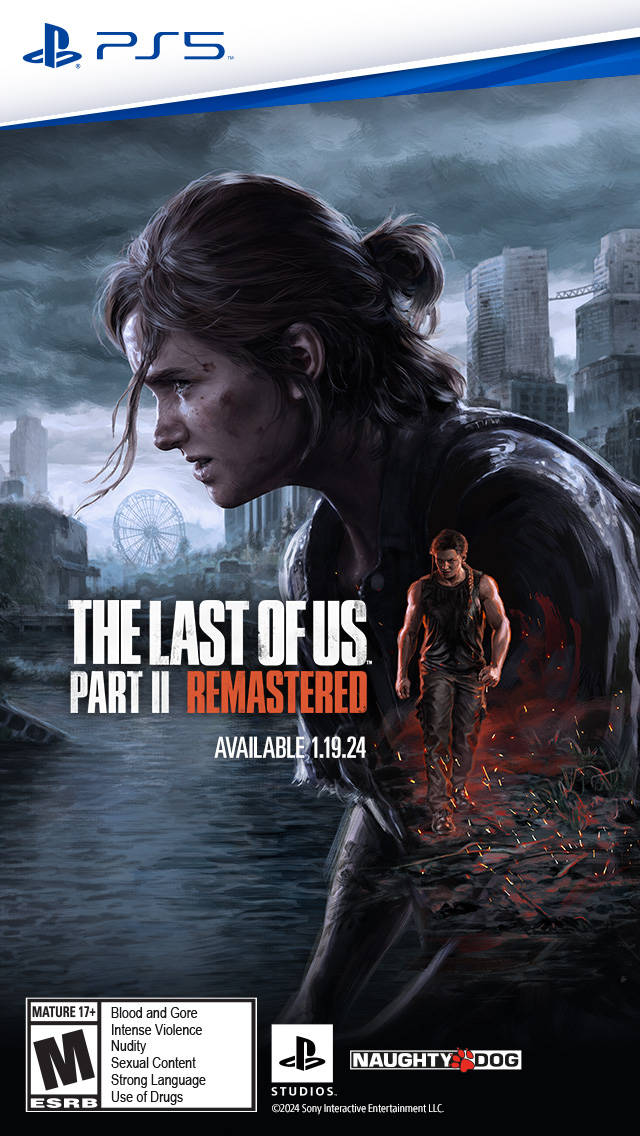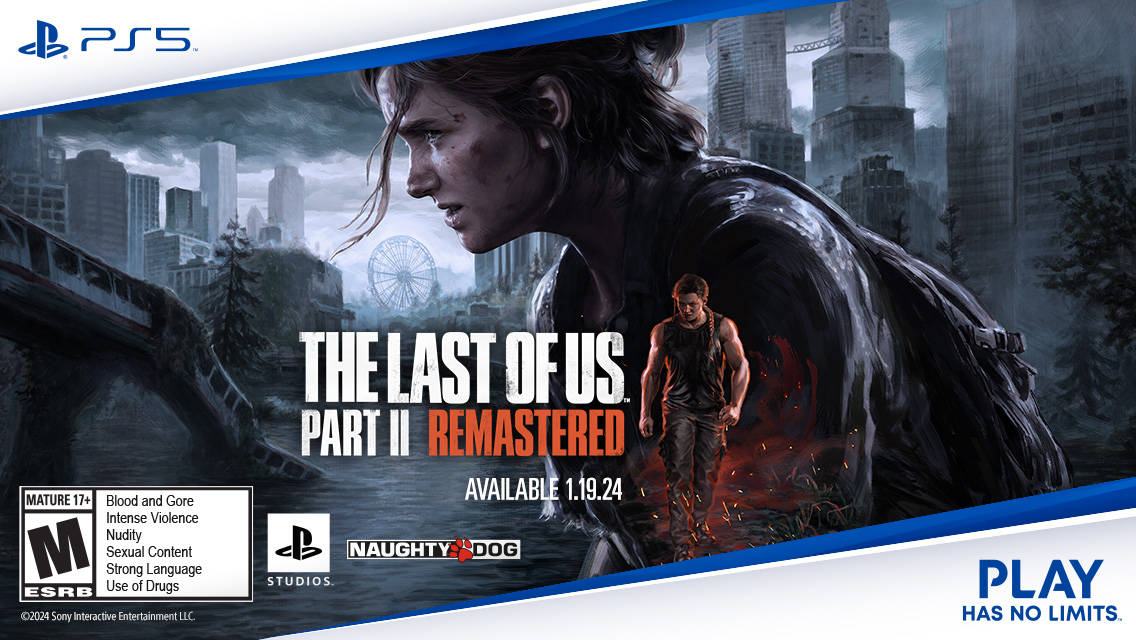While Final Fantasy Tactics made the strategy-RPG viable in the North American market with its 1998 release—allowing fare like the previously Japan-only Fire Emblem to finally see the light of day on this side of the Pacific—Square’s landmark tactical gem also had the unfortunate effect of homogenizing the genre over the past decade. For the most part, these games focus on a collection of rebels rising up against a corrupt empire or church—or both, in some cases!—and traversing world maps and battlegrounds that bear an often way-too-familiar resemblance to FFT’s iconic setting of Ivalice.
Over the course of Gungnir—the fourth entry in Sting’s Norse mythology–inspired Dept. Heaven RPG series, though you won’t need to know or even notice that fact to enjoy the game—various members of my ragtag army were shoved down stairwells by an undead army and trampled to death, rammed off bridges and drowned in rivers, and knocked offscreen like they’d just been ringed-out in a Soul Calibur match. Yes, that’s right—Gungnir has ring-outs. Try finding that option in any other Final Fantasy Tactics retread!
These differences might not be immediately obvious when you start the game, since Gungnir predictably puts you in the armor of a plucky lad named Giulio who, because the plot demands it—I won’t spoil the specifics, but the fact that he’s the ragtaggiest of a ragtag group of rebels is a huge reason—is gifted with the Gungnir, a mighty spear that calls forth various harbingers of pestilence, death, and healing from Norse mythology.
Once you hit the battlefield, Gungnir sets itself apart from the FFT clones of the world, but some of these design choices definitely work better than others. Instead of the typical cut-and-dry “player” and “enemy” turn-based segments seen in most strategy-RPGs, Gungnir uses a pseudo-real-time countdown clock that allows you to take control of whichever party member you want, provided they’ve taken a long enough break between actions. Want your sorceress to get a head start on casting? Choose her first to make sure the enemy doesn’t have time to interrupt her spell. And don’t you just despise having to take control of that wussy little dagger-wielding thief once per battle? Well, you can leave his useless hide behind and give your burly axe-wielding barbarian two shots at slicing up the enemy instead of just one.
While this sounds like a much-needed shakeup for a stale tactical formula, the whole “ragtag army versus a horde of imperial baddies” setup at the heart of just about every strategy-RPG neuters this attempt at innovation. By the very nature of SRPG design, there’ll simply be a lot more of them than there are of you. For example, it simply doesn’t make sense to take time to open chests—particularly when the chests in this game require you to whittle away at their health before claiming the prize inside—when the battlefield’s so packed with adversaries. So, rather than every one of your party members getting a shot at a treasure chest, you might have to choose between picking up treasure or attacking an enemy. Which, in this case, means that the enemy will claim nearly all of the spoils of war—a frustrating constant in Gungnir.
And, should you attempt to perform an action when it’s not your turn, you’ll be punished with a loss of hit points. If you’ve racked up enough tactical points during the course of the battle, you can freeze the countdown timer and attempt a “Scramble,” which automatically moves your turn to the head of the line—but since the opportunity only arises a couple of times per battle, Gungnir basically boils down to a game of waiting for the enemy to move…and hoping they don’t overwhelm your forces before you get a chance to implement your strategy. And while elements like “ring-outs” sound cool in theory, just wait until you’ve spent an hour whittling down enemy forces…only to be stricken with instadeath because some random knight happened to knock the mighty Gungnir-wielding Giulio offscreen.
And while we’re on the subject of the Gungnir, the titular spear simply isn’t worthy of the glory of the title; during cutscenes, your imperial adversaries shake in their boots at the mere mention of a weapon that’s astonishingly impotent in battle. Level-5’s excellent PSP strategy-RPG, Jeanne d’Arc—a fantastical take on Joan of Arc’s role in the Hundred Years’ War between England and France—featured a similar game-changing mechanic, but in that case, the tide of battle really did turn when the player decided to activate Jeanne’s Sailor Moon–style transformations. The Gungnir takes so long to activate—and is shockingly ineffective even when you do manage to unleash its “power”—that you’re usually better of discarding its use in favor of traditional tactics.
Furthermore, if you’re having trouble with a particular battle, your only choice is to try again…and again and again and again, because Gungnir also eschews with the traditional FFT-style map that allows the player to explore, take jobs, and rack up experience between missions.
But it’s not just about giving the player something to do when they’re not advancing the story; exploring a world map would’ve given me a reason for me to care about this conflict. Instead, character and plot progression are relegated to the heavy-handed cutscenes that try achingly hard to feel “epic” and “serious.” Bad stuff happens, and twists abound…yet none of it feels significant, and I couldn’t even be bothered to care at all until at least 12 hours in. Gungnir offers specific dialogue choices at certain points in the story, but they don’t really seem to affect the vast majority of the tale itself—only the ending. While the game does offer multiple epilogues, they seem to come out of nowhere and bear only a marginal relation to the decisions you actually made over the course of the tale.
What makes epic war-themed RPGs like Suikoden grab the player from the start and never let go is that you come to actually care about the participants over the course of the adventure by getting a peek into what they’re doing when they’re not on the battlefield. Gungnir, on the other hand, is all battlefield—quite literally. And while love may bloom on a battlefield, character development most certainly does not.
|
★★☆☆☆
Gungnir takes some chances with the strategy-RPG formula, but many of these design decisions fall flat, and the story offers little of interest until about 12 hours into the game. It’s a competent tactical offering, but not a particularly interesting one. |
|
| Gungnir is available on PlayStation Portable. Primary version played was for PlayStation Portable. Product was provided by for the benefit of this coverage. EGM reviews on a scale of one to five stars. | |

A proud Japanese RPG and serial-comma enthusiast, Andrew attended E3 for more than a decade. His least-proud moment? That time in 2004 when, suffering from utter exhaustion, he decided to take a break on the creepy, dilapidated—and possibly cursed—La-Z-Boy at Konami’s Silent Hill booth.





